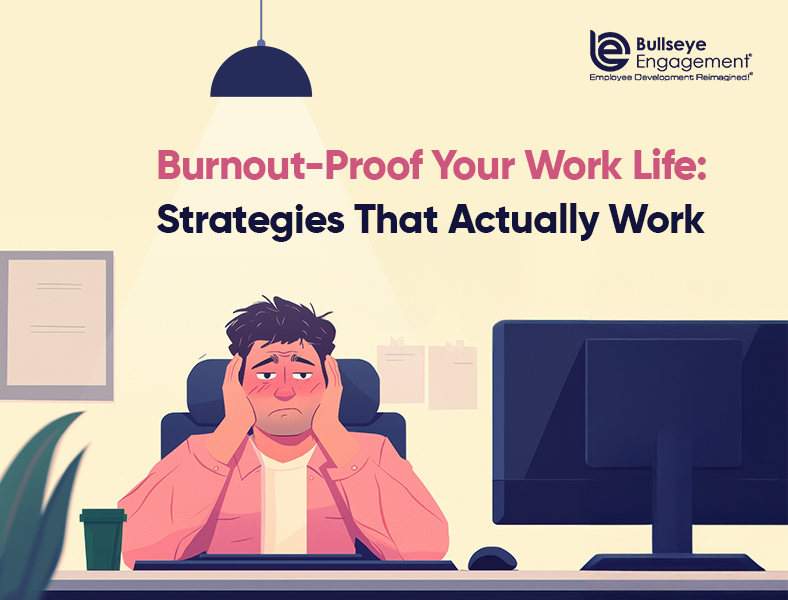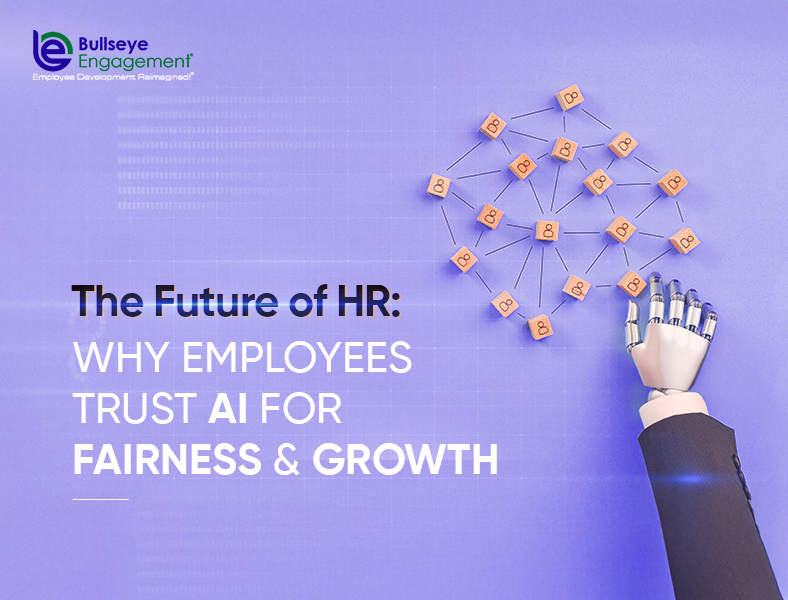Let’s be honest—burnout isn’t just about being tired. It’s that soul-crushing mix of exhaustion, frustration, and feeling like your to-do list is a never-ending scroll. When logging off doesn’t even scratch the surface of your fatigue, it’s a sign that something needs to change.
The problem is, most burnout advice sounds something like, “Have you tried yoga?” or “Maybe drink more water?” (As if hydration alone can fix existential dread.) If you’re past the point where scented candles can save you, you’re in the right place.
Here are some real strategies to help you burnout-proof your work life—without the clichés!
1. Stop Treating Lunch Like a Myth
If your lunch break consists of inhaling a sandwich while skimming emails, it’s time to rethink. Skipping meals might seem like a power move, but it’s actually a shortcut to burnout.
Try This Instead:
- Block 30 minutes on your calendar for lunch—like it’s a meeting.
- Step away from your screen, even if it’s just to sit by a window.
- Use the time to actually disconnect: read a few pages of a book, listen to a podcast, or just stare into space without feeling guilty.
Why It Works: Taking a real break helps your brain reset, making you more productive (and less likely to snap at your inbox).
2. The “2-Minute Rule” for Overwhelm
When your to-do list starts to look like a novel, it’s easy to shut down. The trick? Make a 2-minute deal with yourself.
Try This Instead:
- If a task can be done in 2 minutes or less, do it right away.
- For bigger tasks, spend just 2 minutes starting them—you’ll often find the momentum to keep going.
Why It Works: Tiny wins build confidence and chip away at that overwhelming list bit by bit.
3. How to Say “No” Without Actually Saying No
Burnout often comes from taking on too much—not because you’re bad at your job, but because you’re trying to do all the jobs. But saying no feels awkward, especially if you’re worried about disappointing people.
Try This Instead:
- “Yes, but…”: Agree, but clarify what will be delayed or dropped if you take on something new.
- “Let me check and get back to you” buys you time to think it over.
- Delegate: You don’t have to do everything yourself. It’s okay to pass things along.
Why It Works: Setting boundaries makes your workload manageable without making you look like the office villain.
4. Multitasking Isn’t Helping (Really, It’s Not)
Despite what job listings say, multitasking isn’t a skill—it’s a productivity killer. Switching tasks burns through your mental energy faster than focusing on one thing at a time.
Try This Instead:
- Time-blocking: Dedicate blocks of time for specific tasks without interruptions.
- Use the Pomodoro Technique: Work for 25 minutes, then take a 5-minute break. Repeat.
- Silence non-urgent notifications during focus blocks.
Why It Works: Focusing on one thing at a time prevents mental burnout and helps you get into a flow state.
5. Declutter Your Digital Space
A cluttered desktop or endless tabs can stress you out without you even realizing it. Clearing the digital mess can give you an instant mood boost.
Try This Instead:
- Limit yourself to 5 open tabs at a time.
- Unsubscribe from newsletters you never open.
- Organize your inbox with labels or folders to reduce the chaos.
Why It Works: A cleaner digital space makes it easier to focus on actual work instead of feeling overwhelmed.
6. Unplug After Work (for Real This Time)
If you’re “off the clock” but still checking emails at dinner, you’re not really off. Constant connectivity is a fast track to burnout.
Try This Instead:
- Set a cut-off time for emails and stick to it.
- Use Do Not Disturb on your phone during off-hours.
- Swap scrolling for something that doesn’t involve screens—like walking, reading, or cooking.
Why It Works: Your brain needs time to disconnect and recharge, just like your phone.
7. Rethink Your Meetings (Yes, Really)
If your calendar looks like a game of Tetris with no room to breathe, it’s time to rethink meetings.
Try This Instead:
- Use a simple agenda to keep meetings short and to the point.
- Propose asynchronous updates for status meetings via email or project management tools.
- Block “no meeting” days on your calendar if you can.
Why It Works: Fewer meetings mean more time for deep work and less exhaustion.
8. Breaks That Don’t Involve Screens
If your only “breaks” involve scrolling LinkedIn or catching up on work chats, that’s not really a break.
Try This Instead:
- Take a 15-minute walk without your phone.
- Listen to music or a podcast that’s not work-related.
- Do something hands-on, like cooking, sketching, or organizing your space.
Why It Works: Non-digital breaks give your brain a genuine pause and can spark fresh ideas when you return.
9. Reevaluate Your To-Do List
If you end every day with more tasks than you started with, it’s time to rethink your to-do list.
Try This Instead:
- Pick 3 main tasks for the day. Anything beyond that is a bonus.
- Prioritize tasks by impact, not urgency.
- Celebrate small wins—even if it’s just clearing your inbox.
Why It Works: A simpler to-do list helps you focus on what actually matters instead of getting overwhelmed by everything at once.
10. Burnout Isn’t a Badge of Honor—It’s a Warning Sign
Burnout-proofing your work life isn’t just about avoiding stress—it’s about building a sustainable way to work that lets you stay engaged, productive, and actually enjoy your job.
The key is finding a balance between getting things done and giving yourself permission to pause.

















